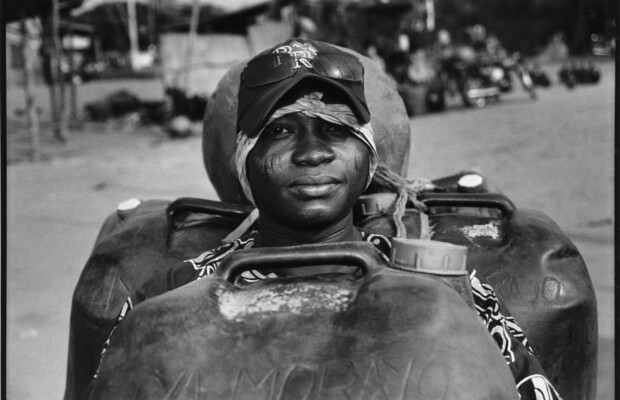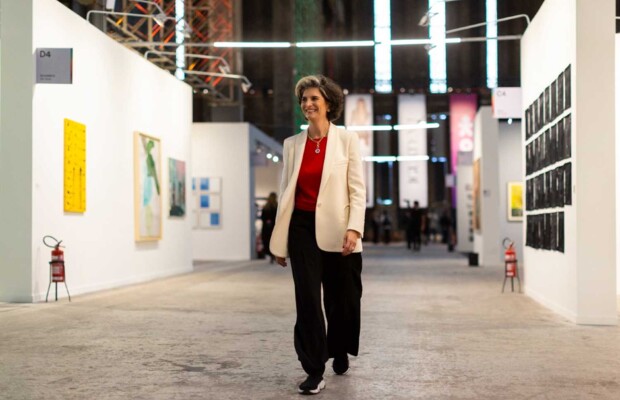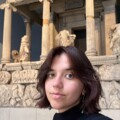On crafting curiosity
Conversation with The Phair team: Founding Director Paola Rampini, alongside curatorial board members Lorenzo Bruni and Carla Testore
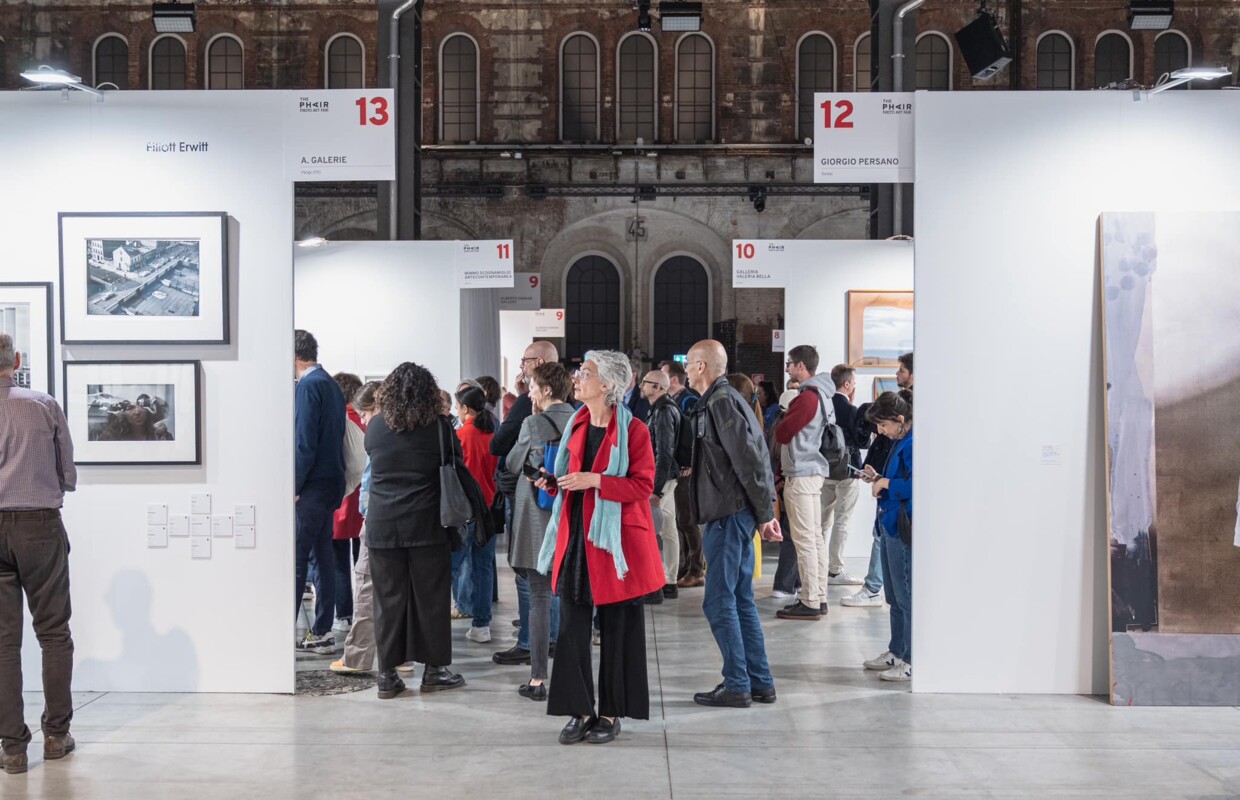
Our conversation takes place during the first general public day at The Phair, Turin’s annual art fair held in early May. The Phair celebrates art projects that explore the theme of the image and includes artworks created using photographic or video techniques.
How are you feeling? What's the initial response after the VIP preview and from the general public?
Paola Rampini: The opening has been absolutely incredible, I must admit. The galleries were very happy with the turnout and the overall atmosphere yesterday.
Lorenzo Bruni: Yes, indeed. Everyone who came yesterday seemed pleased, which is somewhat unusual.
Paola: It’s suspicious, isn’t it? When everybody is happy, it feels a bit strange. But lets see how it evolves. I think the days of people rushing to groups at the opening, like what we’ve seen at Art Basel, are over. Now, people take their time to look around, evaluate, and then decide whether to buy or not, so it might be too early to speak. Naturally, the success of the fair is always somewhat dependent on the sales.
That's a great topic - how do you evaluate the fair? Obviously, sales are one aspect, subsequently happy galleries are another. Are there other factors?
Paola: Well, primarily it's the content. It's about the galleries, the artworks, and the projects they bring, although the content is Lorenzos expertise. From my side, I also look at the fair from a few different perspectives: the setup, how people are moving through the space, whether it’s an elegant setup. This venue, in particular, adds significant value.This year, the venue looks absolutely gorgeous, even more so than last year. The setup is nice, elegant, intimate, I would say. Our ideal for a fair is not a large-scale event. About 40, 50 galleries are sufficient, especially because we already have a prominent contemporary art fair in Turin - Artissima, held in November. This is a thematic fair, so it cannot be very large.
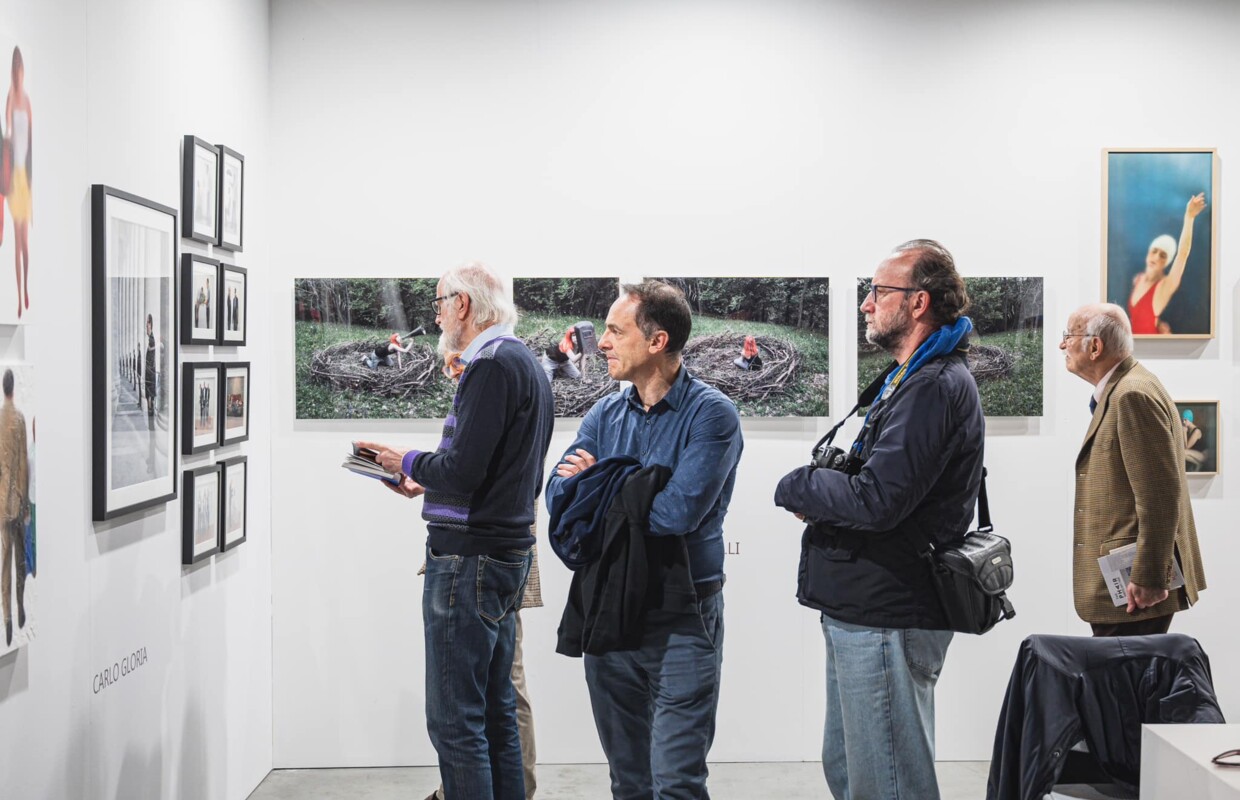
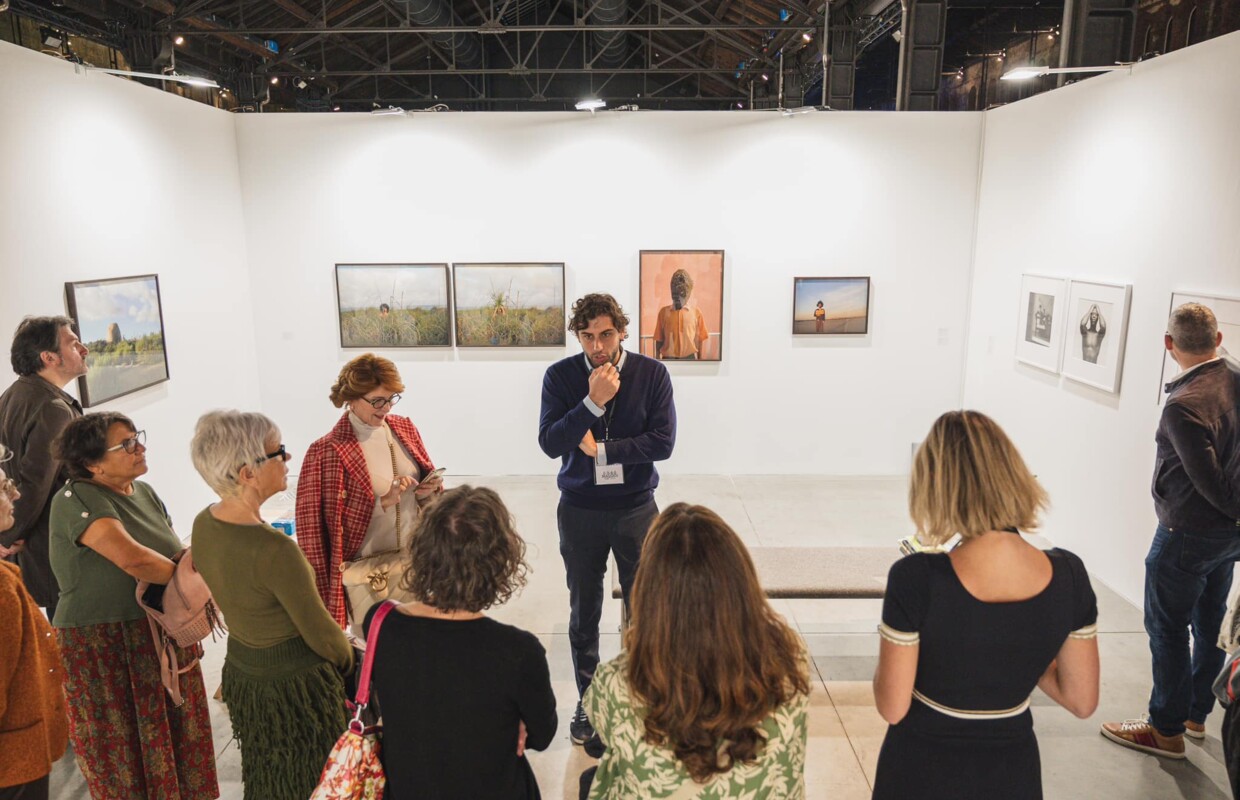
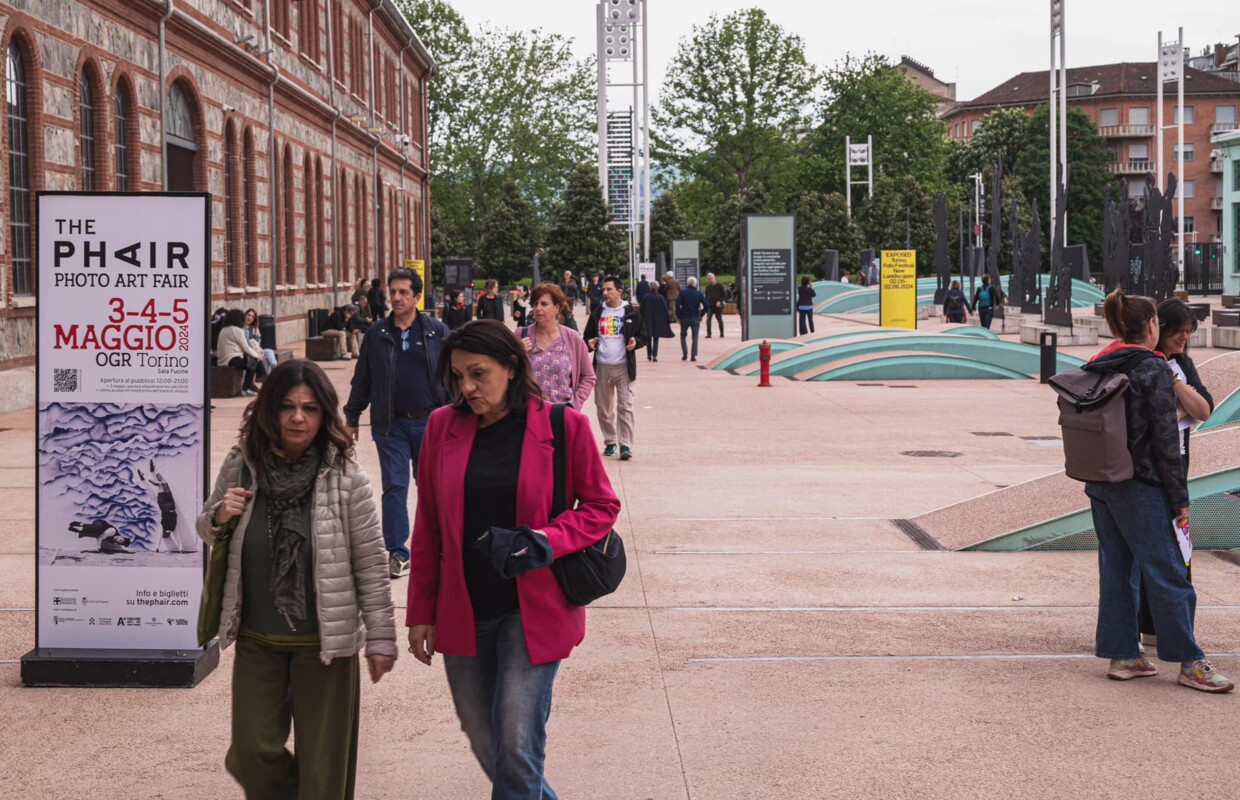
And it covers a different aspect of the market, so the size is not the goal.
Paola: Exactly. Our projects always prioritize quality over quantity. While we aim for international recognition, our focus remains on maintaining a high standard and a curated experience. We understand where we want to go with our fairs. Currently, the fair accommodates around 40 to 50 galleries, which is ideal for us. It’s crucial that we maintain this size to keep the fair intimate and focused.
Another thing I’d like to point out is, that already from the first edition, the booths are all the same size. This is important because it creates a level playing field for the galleries, regardless of their size or prominence. Everyone gets the same opportunity to shine, which is very democratic, and it's all about the content that is curated. All the projects are overlooked and discussed with the galleries by Lorenzo. No gallery can just show up with an artist that hasn't been agreed upon.
Lorenzo: Regarding this, I want to make it clear that I don’t impose my view. This isn’t the philosophy of the fair. We are very democratic. We work together to explore new markets and perspectives because we aim to cultivate a new kind of collector—not just focus on the commercial aspect of buying art at fairs, which has become quite monotonous with the numerous general fairs locally and internationally.
The Phair proposes a new idea, trying to create curiosity about what an image represents today when anyone can take a photo.
But it’s not just for the audience; it's a significant point for the galleries and artists themselves. We don’t just impose a project; it’s about discovering a theme together with the galleries and artists. We decide together on the focus, the concept, and the key ideas that will help everyone understand the fair better. When you walk through the Phair, you can see that each booth presents a unique presence of the artist. Artists often dislike fairs because they feel it stifles their creativity. Here, however, because we create projects specifically for this event, they have a safe space.
Paola: On a smaller scale, like the Phair, we can be more free with the curatorial approach. For example, we don’t have the same artist featured in two different booths, which is quite common in larger fairs. For example, at MONTRASIO ARTE, they’ve unveiled works by Vincenzo Agnetti from the '70s, created without a camera but through the chemical process of the print. This connects well with younger artists, helping to understand the continuity and evolution of artistic practices. This is crucial for a meaningful interaction with art that goes beyond just seeing it as a product. You know, another characteristic of the fair is that we actually didn't want to do a photography fair.
How so?
Paola: We do ask contemporary art galleries to present projects with works made with broader photographic medium, not just photography. While some galleries specialize in photography and represent photographers, the majority showcase artists who work with various mediums, including, but not limited to photography.
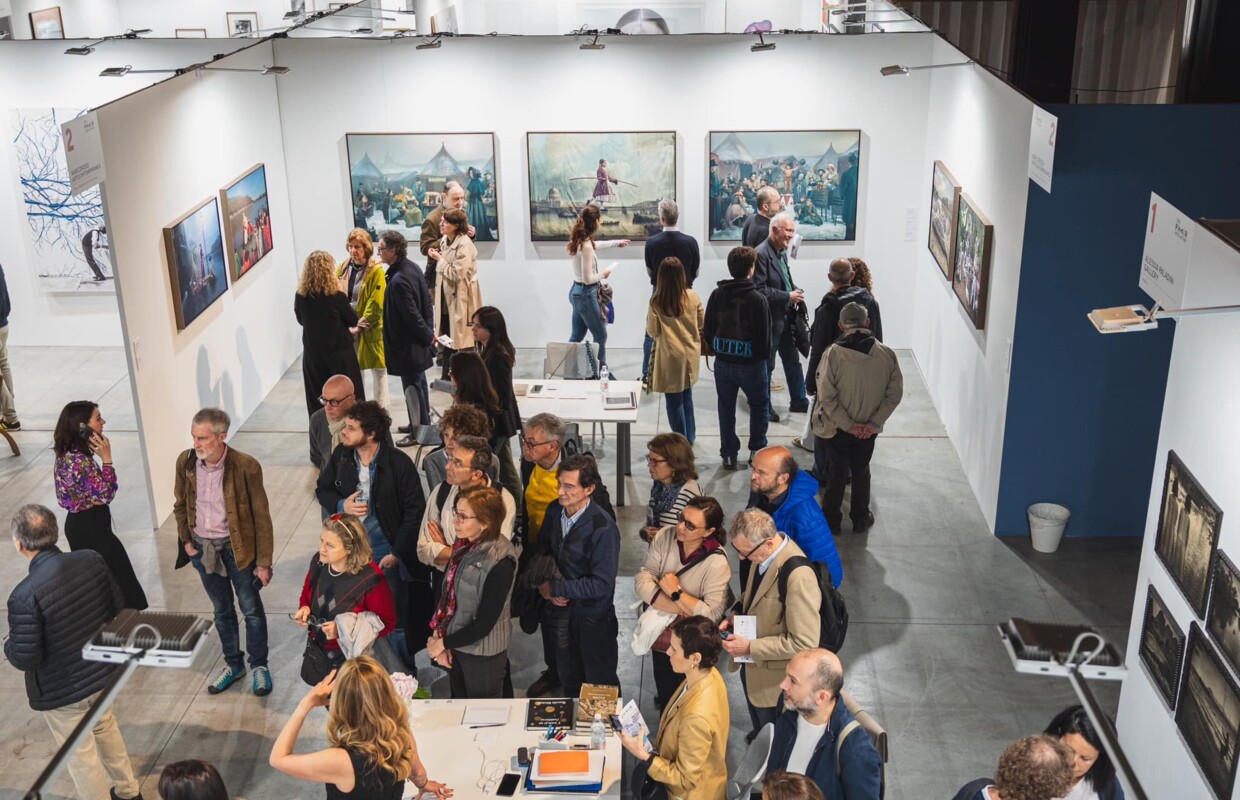
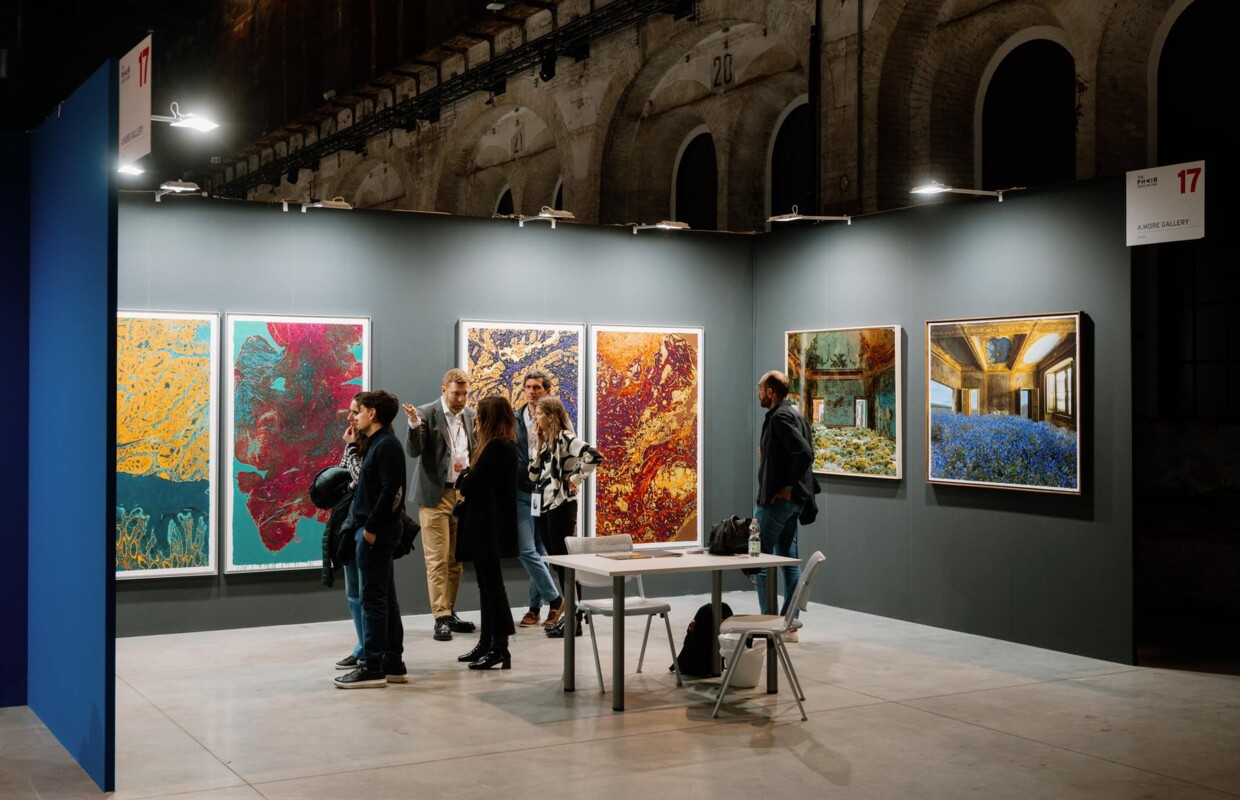
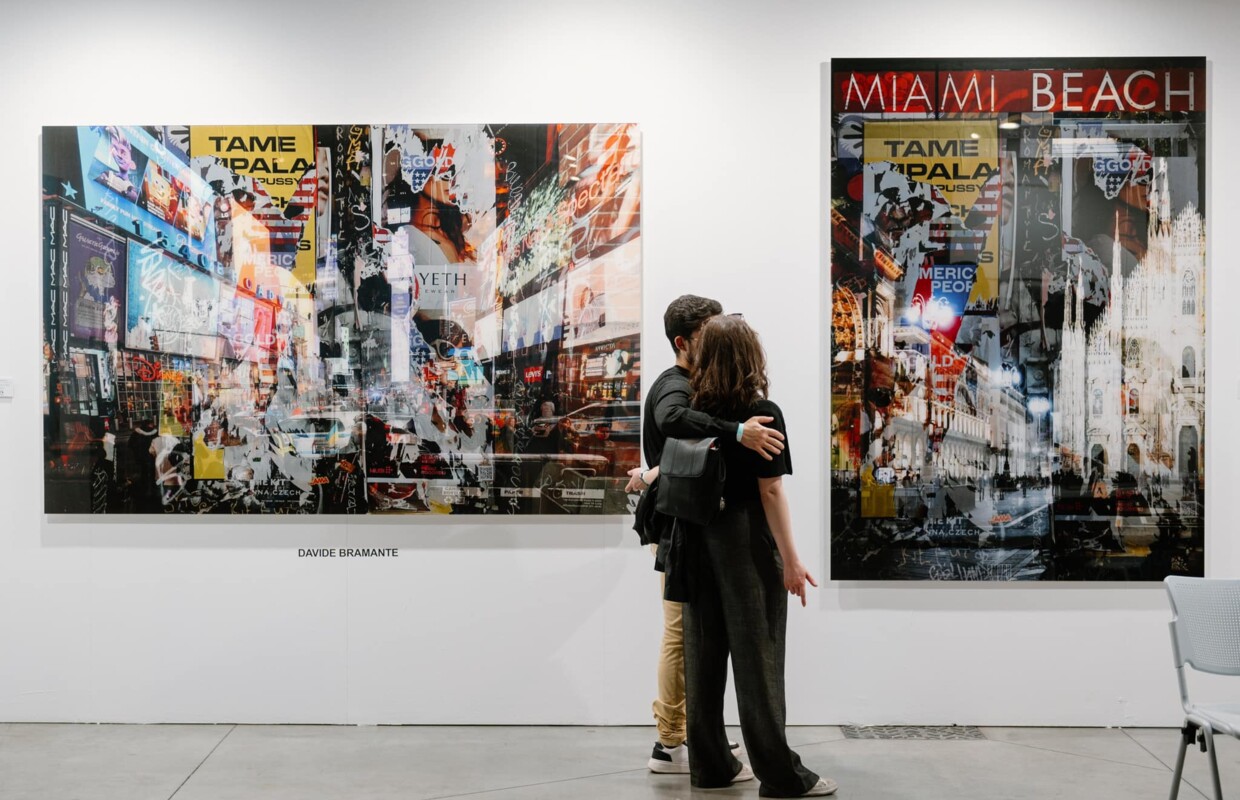
As we briefly already touched on the topic of collectors, I’m curious about the art market in Italy and how you feel it's evolving, especially given the current global dynamics.
Lorenzo: Ooh, that's a very big question.
Paola: Indeed, it's not just about Italy; it’s a global issue. Here, and in other parts of the world, markets are interconnected. We see that even in the United States, which is the largest market, there has been some decline, and similarly in Asia, a previously growing market, where things are now slowing down.
In Italy, while we lack a significant number of extremely important collectors—with a few exceptions—we do have a considerable number of medium-level collectors. Consequently, the overall spending capacity may be lower. Additionally, there are global concerns like wars that further impact market conditions, leading people to be more cautious with their spending.
Could you comment on how the fair you also organize “The Others”, which is more focused on the emerging sector, is responding to the current art market?
Lorenzo: It's more about alternative, not just emerging talents. I actually feel that the term 'emerging' has become outdated because the landscape has changed drastically. Today, a young gallery that opened just a year ago might quickly make it to major fairs like Artissima, for example, which wasn't the case some years ago.
Paola: And “The Others” has other unique characteristics as it's open not only to galleries but to independent spaces as well. This allows for a different kind of visibility and interaction, providing space to those who normally wouldn’t have access to such sectors of the market. It's about creating a network and connecting different art entities, which enriches the whole scene.
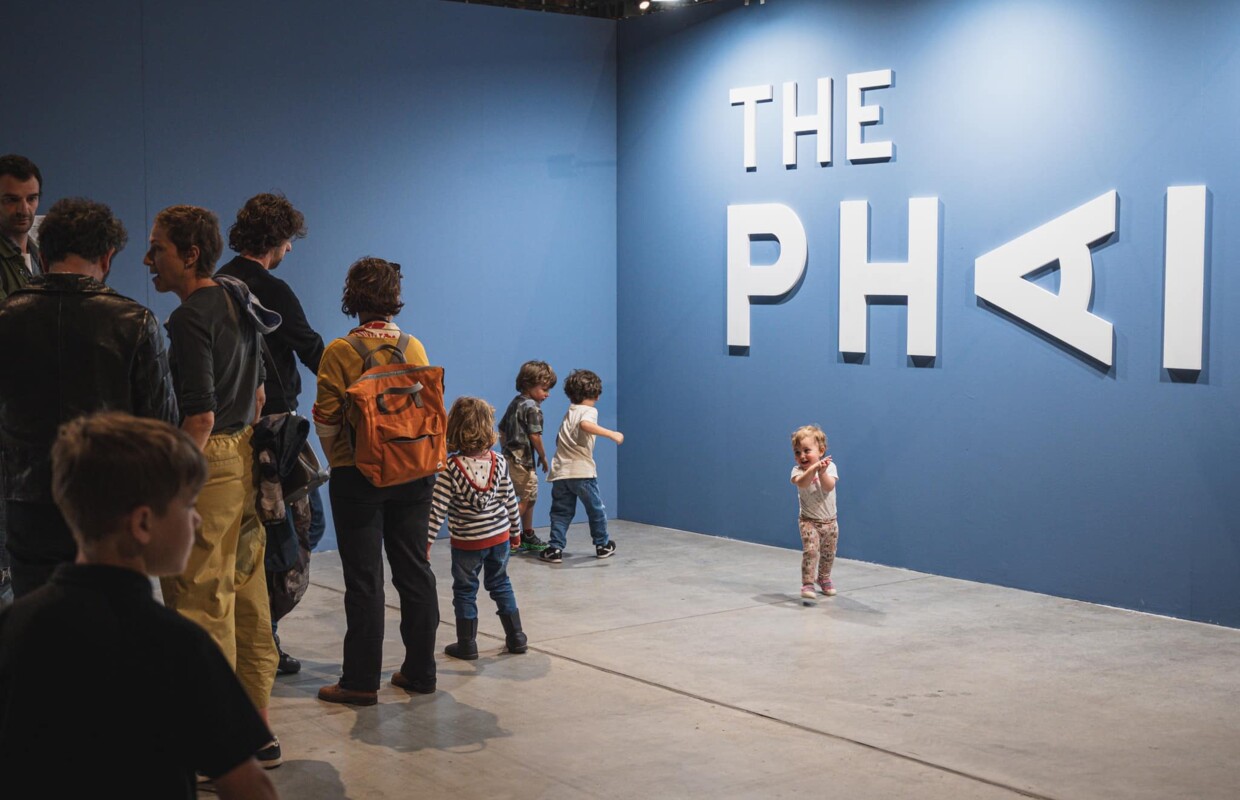
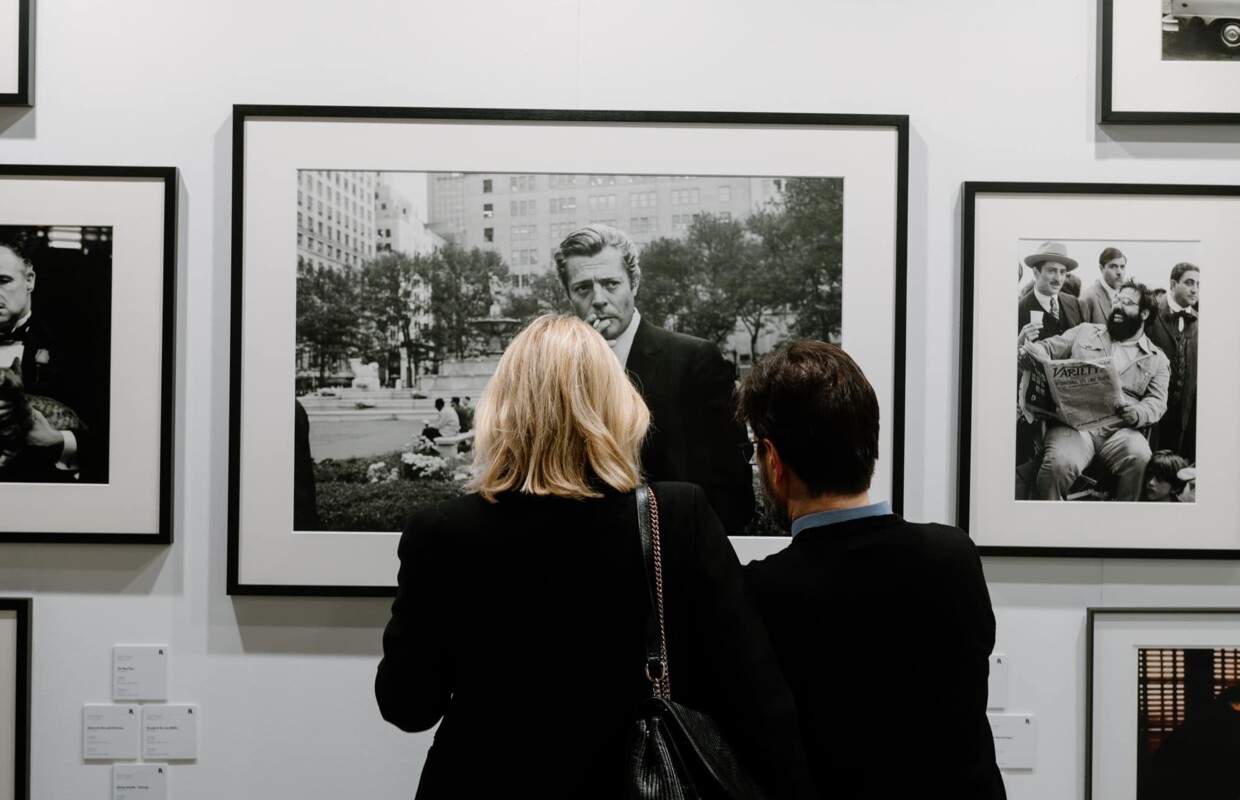
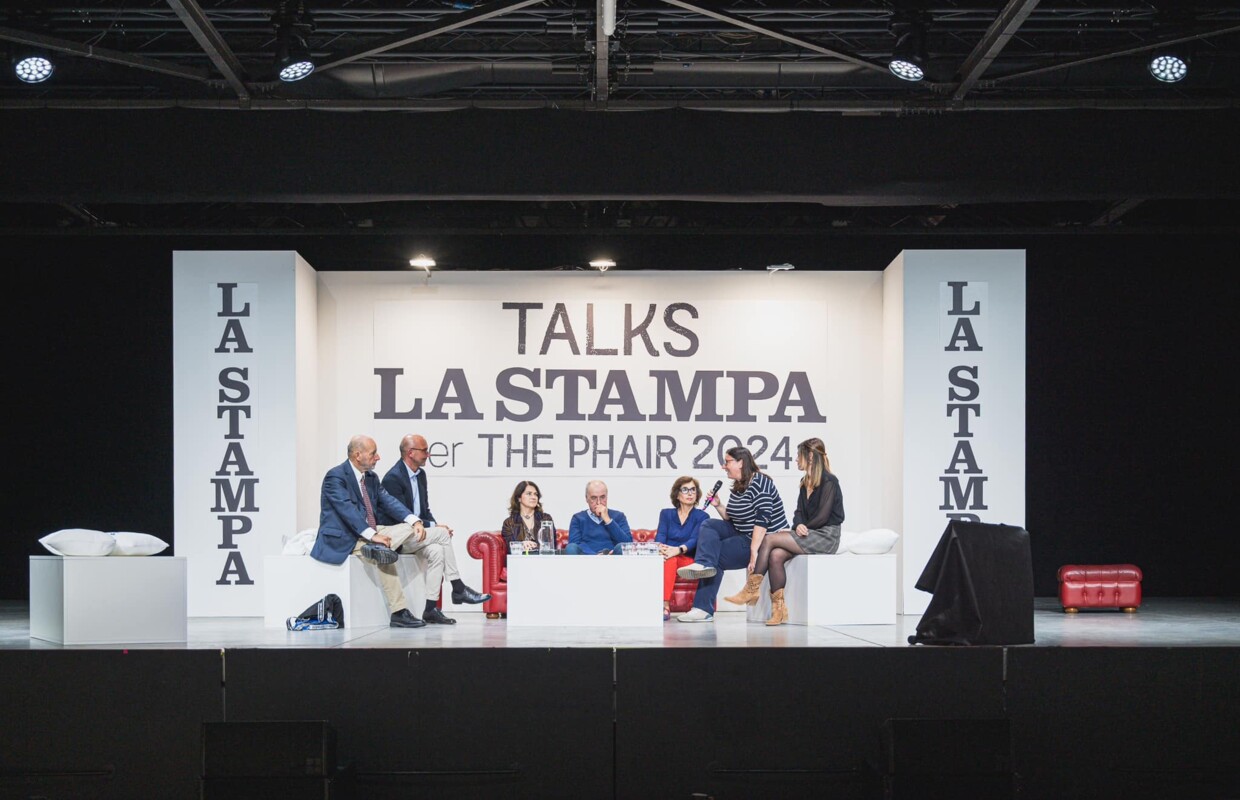
With Turin hosting both the Phair and now also the festival EXPOSED, Liquida and other photography related art events, it seems like a strategic move. Can you elaborate on that?
Paola: Yes, absolutely. We have been striving to make our event more international, but it's proving to be a challenge. The difficulty arises because most people from outside Italy only visit once or twice a year, typically in November for the more famous and established event like Artissima or miart in April. And I have to say that we are very fortunate to be in a city that supports art projects.
Originally, the Phair was created as a result of collaboration between bank foundations, galleries in the city, and other stakeholders, deciding to create a second moment in the year dedicated to contemporary art, aside from November.
However, competing with Artissima wasn't an option, so the focus shifted to a smaller segment of the contemporary art scene—photography.
Five years ago, we launched the Phair because we were quick to organize it, and now, we are happy to celebrate the first year of the photography festival named EXPOSED. This has been the common strategic approach of the city all along.
Lorenzo: Carla, you are a member of the curatorial board of the Phair - please share why is the Phair important in the landscape of the many fairs around the world?
Carla Testore: Firstly, Turin, as previously mentioned, is one of Italy's key cities for contemporary art, thanks to its robust ecosystem of institutions, collectors, and galleries. There's a lot happening here, including the first-ever festival EXPOSED. It's a well-conceived event, and Turin is a fitting location to host both the Photo Festival and The Phair.
Secondly, The Phair differs from others, like Paris Photo, because we opt for a smaller number of booths. While having many stands and galleries is beneficial, our focus is on creating a more intimate setting. This approach suits our diverse audience, which includes both seasoned collectors and the general public. We're not just catering to collectors; we also aim to engage young people and those new to the world of photography, who might become collectors someday. The smaller scale of the fair makes it more approachable, fostering an environment where visitors can really engage with galleries and artists, enhancing their understanding and appreciation of the art.
Additionally, because of the limited number of booths, we have the opportunity to educate attendees, encouraging them to become future collectors. This unique aspect of the fair is something we value and believe attendees appreciate.
Paola: Each booth is like a small, carefully curated exhibition. This is why artists and attendees feel more comfortable engaging in genuine discussions about art, which ultimately is our goal.
Share the post:




